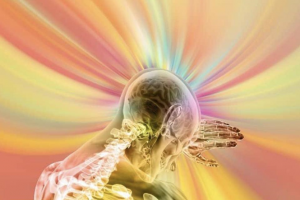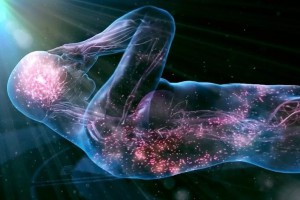Childhood trauma is associated with reduced frontal gray matter volume.
Childhood trauma, such as early life maltreatment, is an important risk factor for most psychiatric disorders. Childhood traumas may affect brain development and lead to abnormal cognitive function and emotional regulation and subsequent behavioral dysfunction.
There is evidence that childhood traumas lead to extensive reductions in gray matter volume in distributed cortical and subcortical areas of the brain, so that they affect cognition and emotion regulation and can be an independent risk factor for the development of psychopathology.
In a cross-sectional study, Dr. Bigman and his colleagues at Groningen University, using MRI, examined the volume of gray matter in distributed cortical and subcortical areas of the brain in relation to the severity of childhood trauma. They studied 554 participants aged 18 and over. The participants included 250 bipolar type I patients, 84 patients with schizophrenia and 220 healthy individuals without psychiatric history. Participants answered the Childhood Trauma Questionnaire, an anatomical T1 MRI scan was obtained at 3T, and regional brain morphology was assessed using Freesurfer.
The results indicated that childhood injuries are associated with the reduction of frontal gray matter, independently of psychological complications. In fact, childhood trauma has a significant contribution to the neurobiological changes that are usually observed in psychiatric disorders. Also, forehead volume changes may be the basis of emotional and cognitive disorders observed in people exposed to trauma.




.jpg)
Related Posts